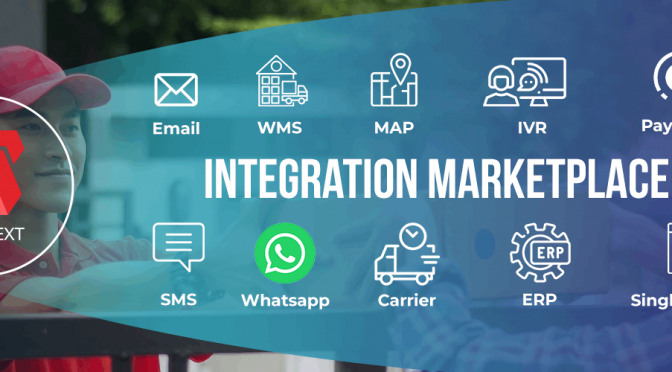
Not having proper integration will derail your supply chain and logistics operations. Here is how LogiNext is helping businesses across the globe streamline operations with a plethora of integration marketplace options to choose from.
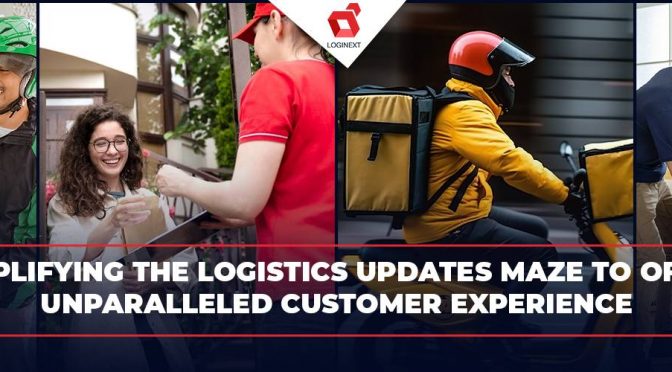
This blog covers how technology, resources, and manpower is involved in delivering the parcel on time and how is LogiNext helping enterprises offer a seamless customer experience.
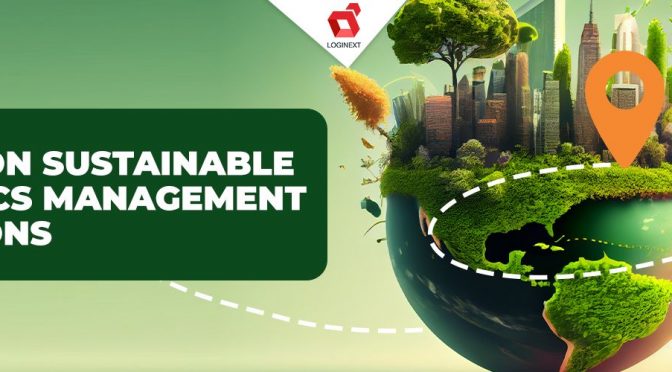
This Earth Day- let’s focus on sustainable logistics management solutions and how they can contribute to green deliveries. Meet your sustainability goals without affecting logistics and supply chain operations. #GreenDeliveriesForTheWin
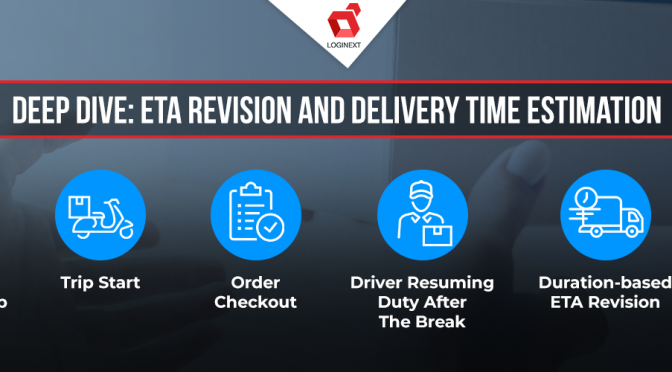
Going in-depth into ETA revision and accurate order delivery estimation! Each group has a friend who’s always running late, and the excuses are another story you must deal with. While handling a business, customer satisfaction is the key to ensuring the business works and grows to its full potential. When handling orders, one key focus […]
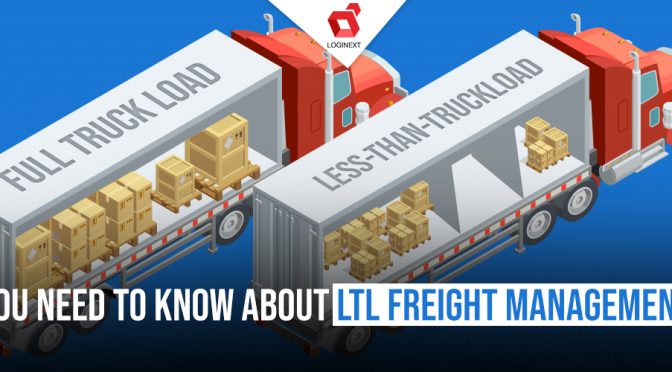
What is LTL Freight? And how can tech improve Freight Management? Logistics requirements are on the rise, with online deliveries taking the spotlight. The need to transport goods, whether from a residential area, commercial area, warehouse, hub, or nearby store, has put additional pressure on the shipping industry to ensure smarter and more efficient deliveries. […]
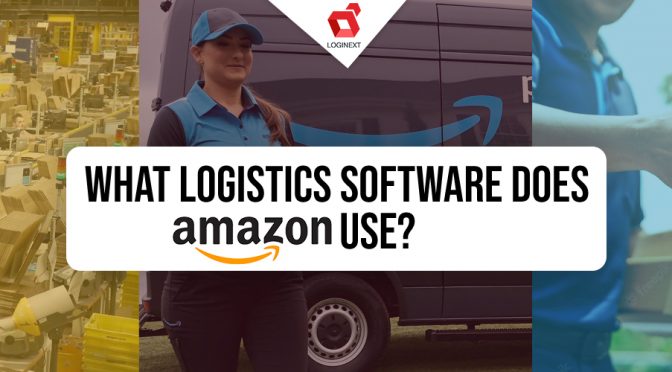
What logistics software does Amazon use? Amazon, which started as an online book store, has achieved spectacular growth to become the global leader in e-commerce. It became the top player with a simple mantra of wanting to become the earth’s most customer-centric company, where people could get all they wanted to be delivered anywhere […]
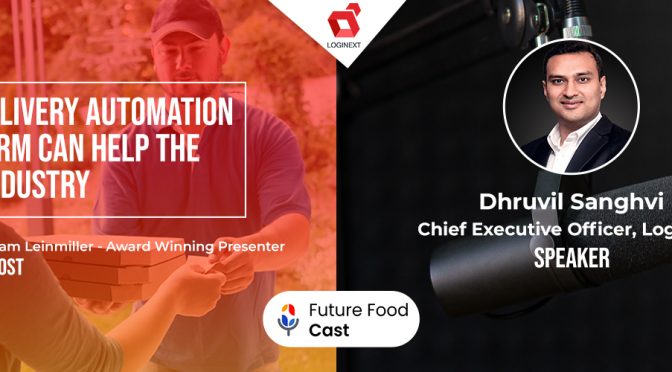
Role of a Delivery Automation Platform in the F&B industry FutureFoodCast is a video podcast on the latest updates from the F&B industry around the future of food. Hosted by the renowned interviewer, Pam Leinmiller, this FutureFoodCast podcast interviews LogiNext CEO, Dhruvil Sanghvi about “How a Delivery Automation Platform can help the Food Industry”. […]
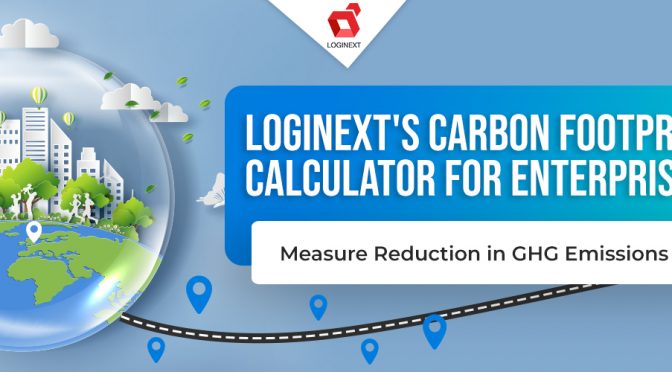
LogiNext launches a GHG emissions calculator to help enterprises measure impact by using a logistics automation platform.
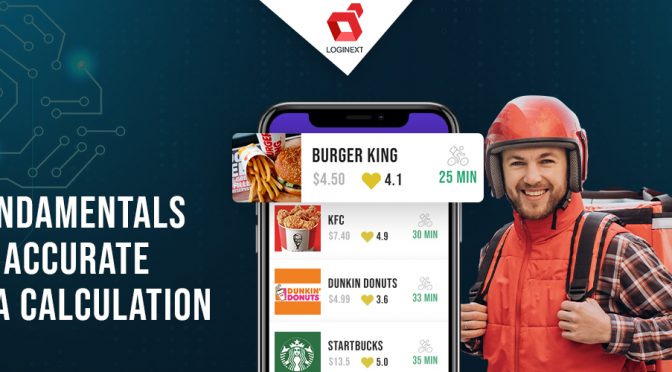
How is ETA for food delivery calculated? Many times, while ordering food, one parameter a customer takes into account is the estimated time of delivery (ETA in food delivery jargon). At a rudimentary level, restaurants used to estimate this depending on the type of food and where it has to be delivered. But these were […]
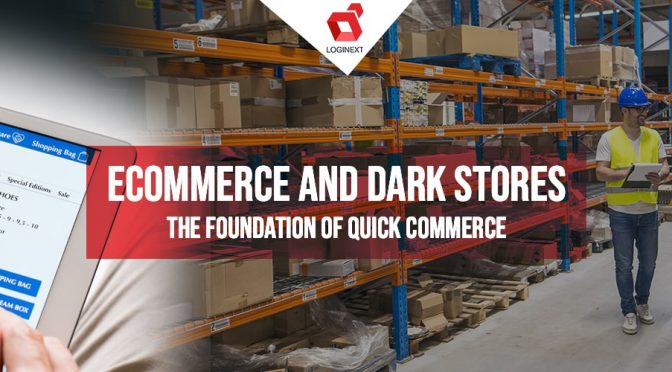
What is a Dark Store? And the Future of Retail Retail has undergone a massive change, especially in the last two years where online shopping and the entire ondemand trend has skyrocketed. In this world of online shopping, video commerce and the likes, last-mile deliveries have skyrocketed. The last mile delivery market is set to […]
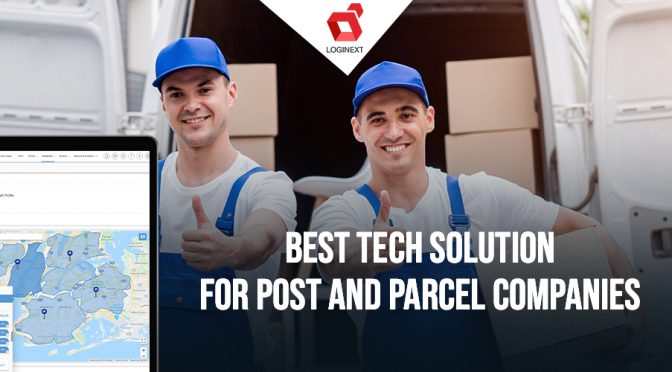
Best Tech Solution for Post and Parcel Delivery Companies The rise of eCommerce and on demand home deliveries has revolutionized the entire post and parcel delivery space. National Posts were traditionally reliant on letters but bulk of the business has now shifted to parcels. Even for courier companies, the stress on digitizing and automating parcel […]
![[Video] LogiNext: The software of choice for QSR Chains at QSR Media Asia](https://www.loginextsolutions.com/blog/wp-content/uploads/2021/09/QSR-Event-672x372.jpg)
LogiNext: The software of choice for QSR Chains at QSR Media Asia Which is your favourite fast casual restaurant? McDonald’s, Burger King, Taco Bell, Subway, Starbucks? You name the brand and that brand has digitization high up on its priority list. The biggest names in the QSR chain industry have been redirecting all focus […]
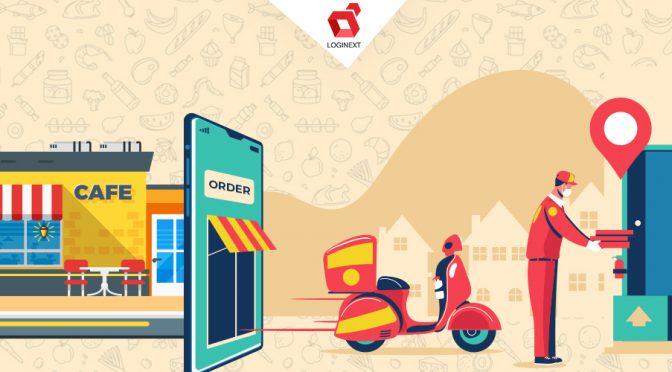
Many quick service and fine dining restaurant owners are jumping ship on third-party aggregators. They are now establishing in-house delivery platforms. While this is helping them in the ongoing fight against the pandemic, could this be a feasible option in the long run?
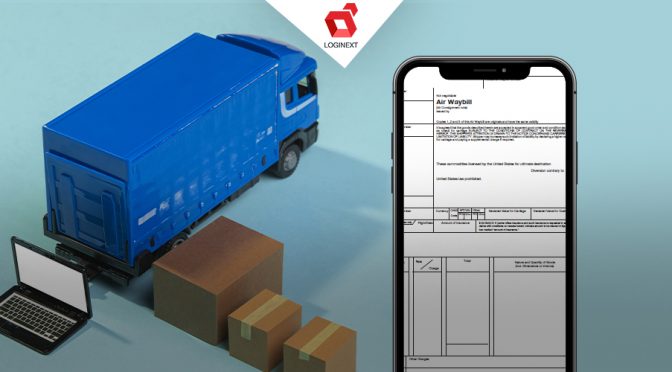
All You Need to Know About e-AWB (electronic Air Waybill) An air waybill (AWB) is a transport contract between the individual/company shipping cargo and the airline that is conveying it. It is one of the most crucial documents in the air freight sector. AWB: An overview of its history The Warsaw Convention for […]
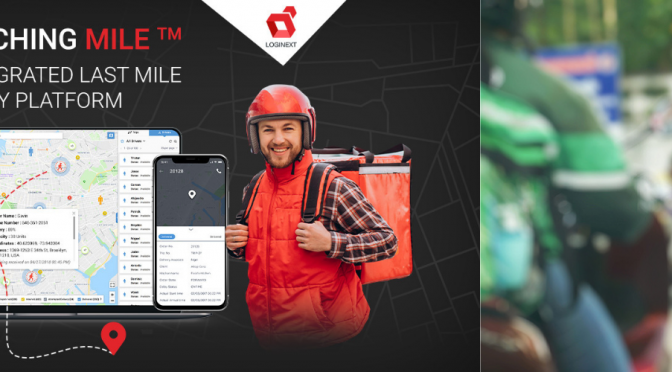
LogiNext launches MILE: America’s first integrated last mile delivery platform New York, USA – July 20, 2021 LogiNext, a global technology company on a mission to optimize and automate delivery management for enterprises has today launched MILE that is America’s first integrated best last mile delivery software. A monumental occasion in the field of logistics technology, […]
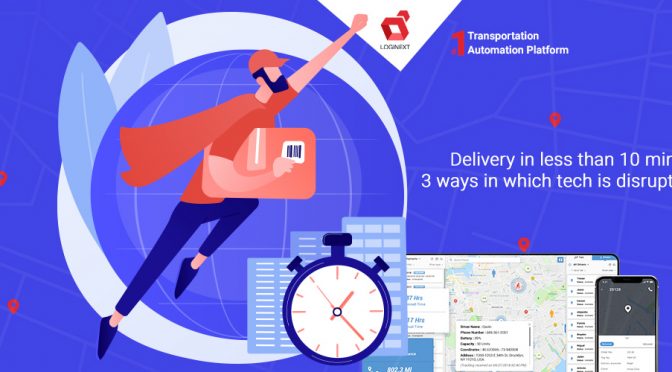
3 ways in which logistics technology is improving retail and eCommerce The age of ultra-fast deliveries is here. A revolution started by a fresh wave of technology startups, ultra-fast deliveries means delivery fulfillment within 15 or 10 minutes of placing an order. Getir, a Turkish startup that probably was the first one to come […]
![[Video] LogiNext’s Global VP talks about digital transformation in transportation management systems](https://www.loginextsolutions.com/blog/wp-content/uploads/2021/06/Dinesh-Dixit-AI-672x372.jpg)
Artificial Intelligence and Machine Learning are buzz words in the world logistics technology these days but what do they really mean? How is technology being utilized for logistics management, delivery route planning, fleet management, providing real time visibility and other such aspects in the global supply chain? In this video, CEO of UpTech report, Alexander Ferguson got in conversation with LogiNext’s Global VP.
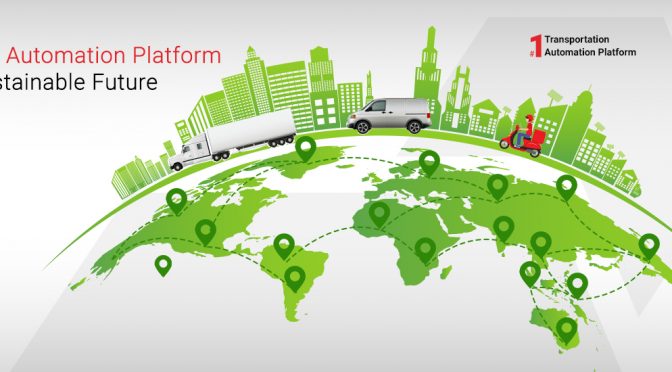
LogiNext Mile is a transportation automation platform which can be used by enterprises to digitize, optimize and automate deliveries and in the process, bring about sustainability by reducing carbon emissions.
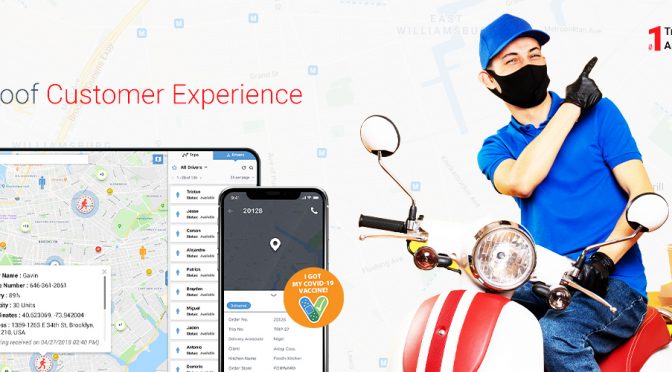
What is a pandemic proof CX? A customer experience which instills confidence in the end customer that the process being followed by the delivery personnel to deliver goods is safe, secure and hygienic. Here are some features LogiNext developed to achieve this goal.
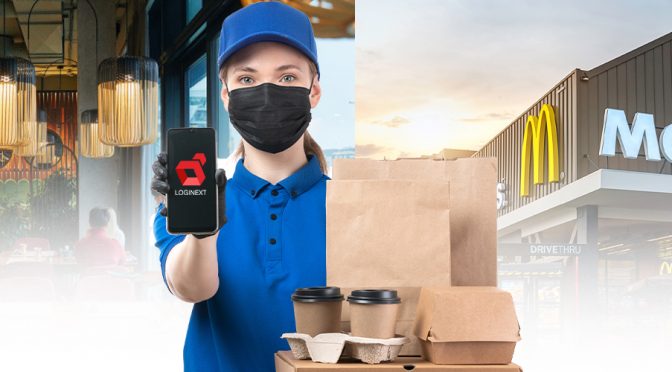
Would you shut down or own your deliveries? If you’re an upcoming restaurant or a large chain, this thought would have surely crossed your mind- what to do about food delivery? You started a restaurant to serve quality food to your customers but there are more pressing questions now. Especially during the pandemic. In […]
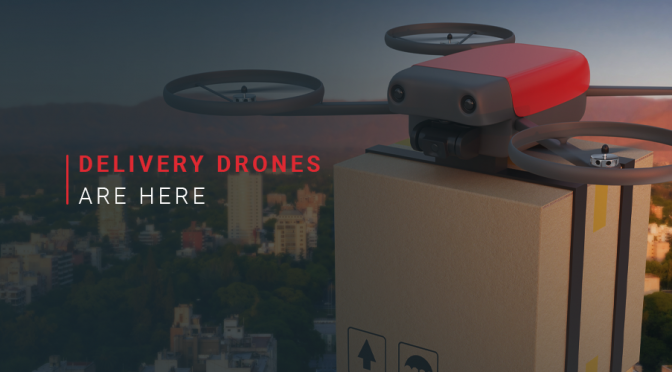
Drones are almost at your doorstep with last mile deliveries! Drones are a wonderful addition to the world of logistics for numerous reasons. And why not? They’re fast, cheap, and environmentally friendly alternatives to many forms of transportation. The future of last-mile deliveries revolves around introducing drones into the supply chain to save time, costs, […]
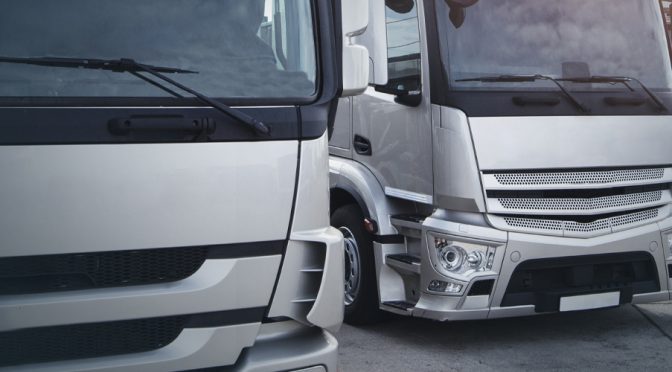
Quick answer: Not yet. There are enormous strides being taken in the autonomous trucks space and driver shortage is a real problem but we’re at least a decade away from autonomous trucks becoming mainstream. In the meanwhile, hybrid is the way and optimization holds huge potential!
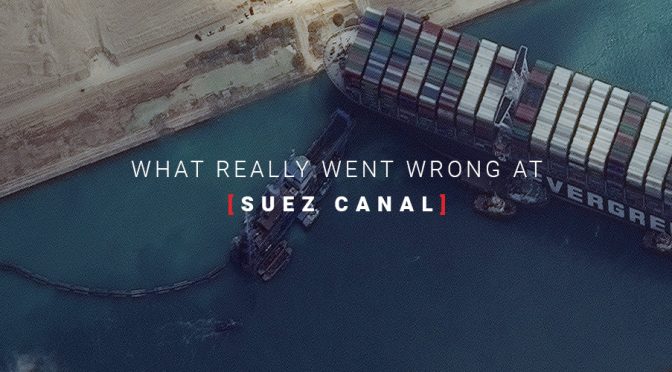
Take a look at an analysis of what really went wrong at the Suez canal and how technology can solve the challenges faced in logistics.
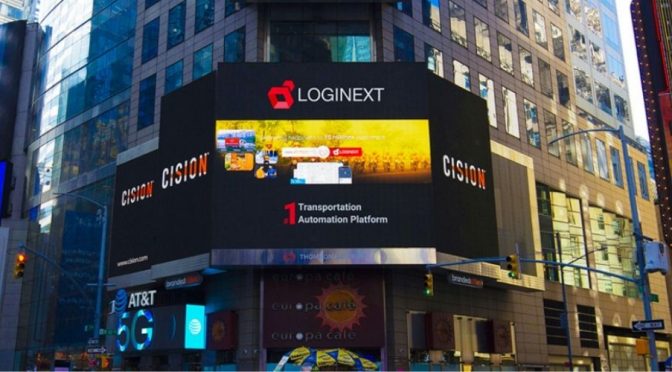
Successful partnerships with Alibaba backed eCommerce giant and the franchise owners of Burger King, Starbucks, Pizza Hut and KFC have received mentions on the prestigious New York Times Square. Here’s a picture of the coverage that spoke of LogiNext’s effort in creating Asia’s largest eCommerce Carrier aggregation network.
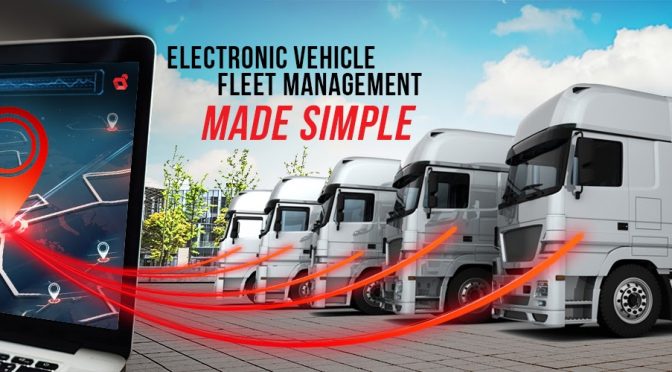
Electric Vehicle Fleet Management Made Simple for the New Age of Transportation Electrification of transport and logistics is booming, where more electric vehicles are making way to consumers. The usage of electric trucks has offered a cost-effective alternative to streamline business logistics. In fact, fleet management has evolved with advanced AI and ML tools […]
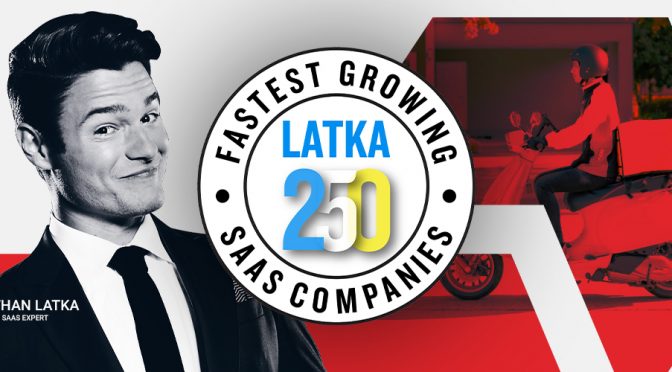
We’re delighted to announce that LogiNext has made it to the top 20 of Latka Fastest Growing SaaS company list. 2020 was a year of unforeseen circumstances and we’re extremely proud of our foundations which helped us to grow in the past year. This recognition of making it to the Latka 250 Fastest Growing SaaS Company is more validation of LogiNext’s growth story.
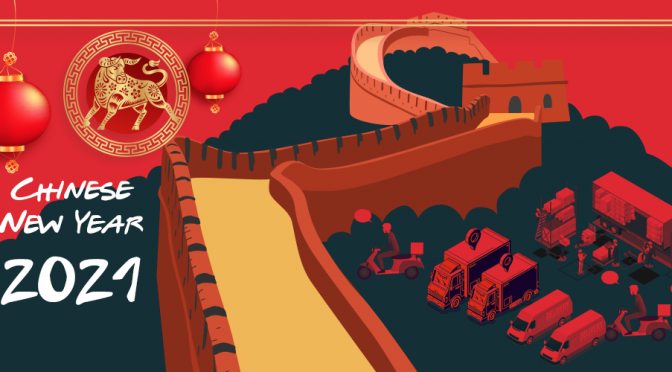
Chinese New Year is here! 5 tips to cope up with disruption in global supply chain Chinese New Year is celebrated on the New Moon that appears between 21st January and 20th February. According to the Chinese calendar, this day marks the onset of Spring and in 2021, the date is 12th February. This is […]
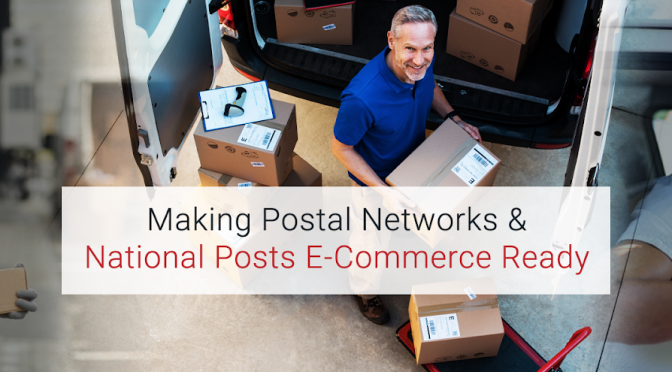
Covid has accelerated the need for delivery tracking and visibility by several years. National Posts and Postal networks have their work cut out to up the game and adopt technology. Read out LogiNext is helping National Posts across the globe.
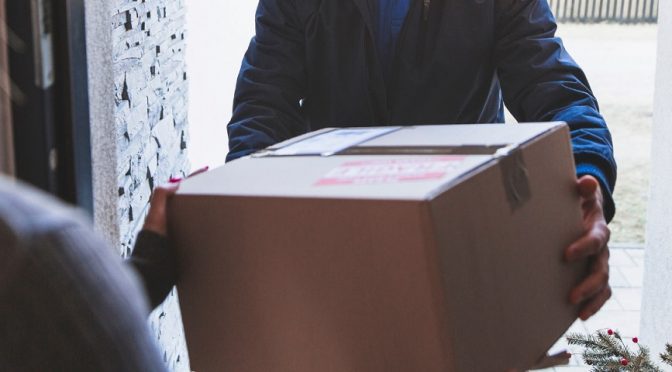
What’s with same-day or next-day deliveries? Well if haven’t forgotten important dates such as Valentine’s, Black Friday, or Thanksgiving, you won’t much appreciate the urgency of fast deliveries to save face. All’s well that ends well, and that’s why the right logistics technology, especially the last mile, is critical for flash events.

At the pace of current development, machine learning enabled delivery route optimization is the key to sustaining your brand to be consistently relevant for the upcoming future. To ensure that five years down the line you down get sidelined, get the right tech now.
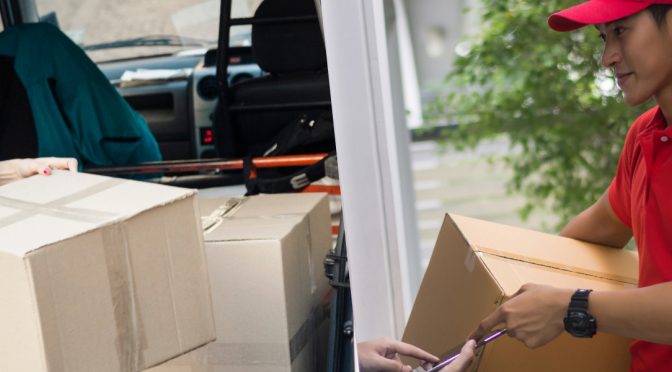
The top challenges, especially for CPG companies, are lack of proper delivery movement visibility, lack of control of actual on-ground logistics, delayed reaction time if anything goes wrong on-ground, over or under-utilized truck capacities, inaccurate estimated time of arrivals (ETAs), etc. LogiNext can help overcome all these and more.
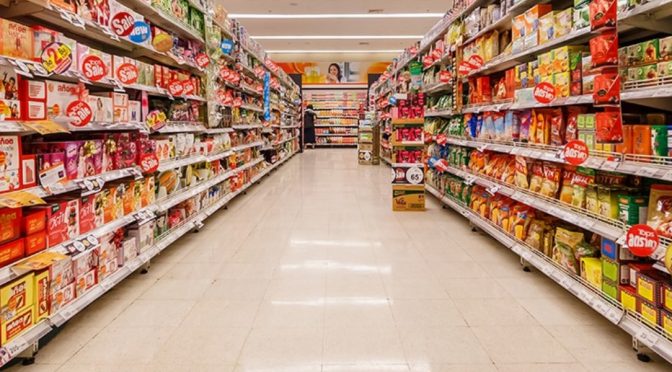
Consumer packaged goods (CPG) industry has been on a growth curve with a sustained CAGR of 10% possibly hitting $721.8 billion sales by 2020. Which side of this growth would your company stand on? One of the major driving factors for CPG, where bigger companies have their brands readily recognizable the world over, is being in the right place at the right time.
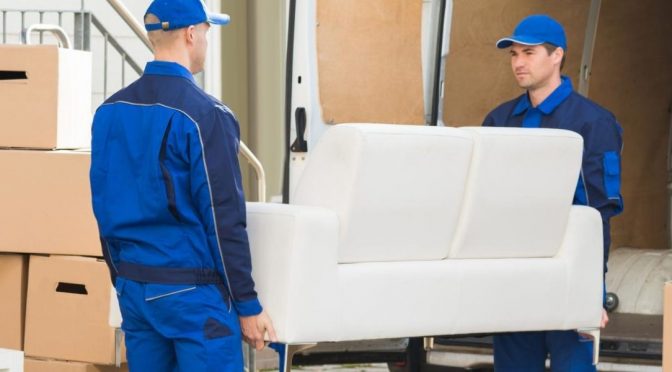
The client was one of the largest online home goods retailer in North America with more than 60 million active online users, 10 million hosted products, and 20,000 suppliers. LogiNext optimized their entire logistics movement with optimized carrier handling and high customer (delivery) experience.
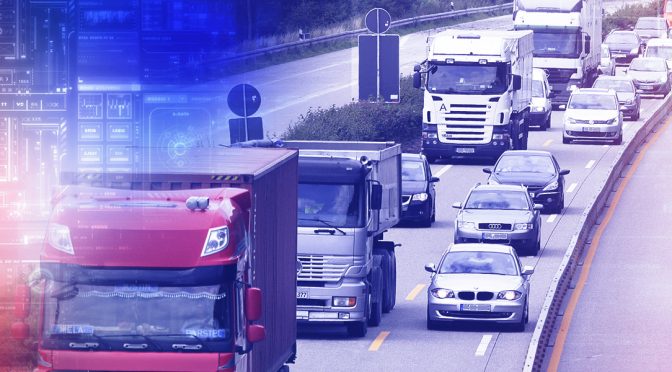
As technology becomes deeply ingrained in the business operations, cloud-based tools lead the charge toward a new and improved fleet management landscape. From automation to IoT to in-fleet GPS tools, technology is the secret sauce to help fleet managers achieve goals across their organization.
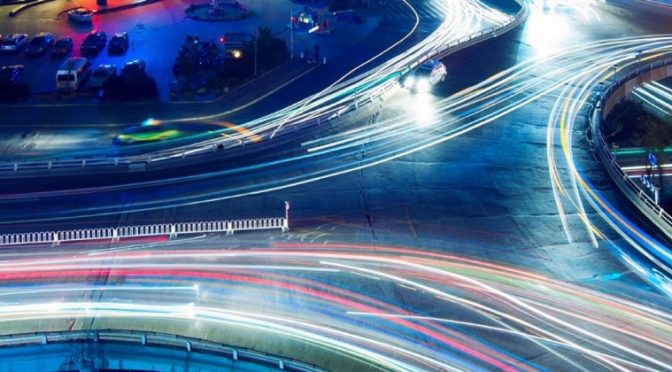
Here are the top 3 things that’ll stay strong in 2019, shape how logistics is handled, and business is conducted across the globe. With the best delivery route planning software, logistics management would be more streamlined than ever before.

Why advanced delivery route planning is great for the global economy? Customers want fast deliveries. Companies want to deliver shipments faster and more efficiently using more resources at lower costs. They also want to become more reactive and agile in their delivery movement. These industries are becoming more customer-centric which is good for the economy. […]

The current path of logistics optimization demands a keen interest of the CIO, and this article is directed to bring them up-to-date with the benchmarks they should look for, paving the way for better business opportunities.
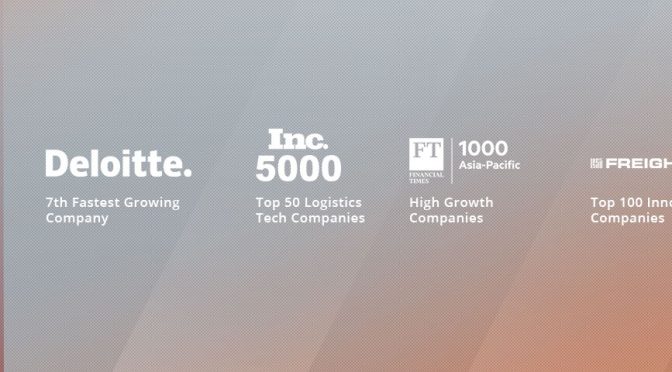
Tech is driving industries faster and faster. CAGR is keenly watched everywhere. Such tech needs leaders, and LogiNext has claimed its place, time and again, at the top of the chain.
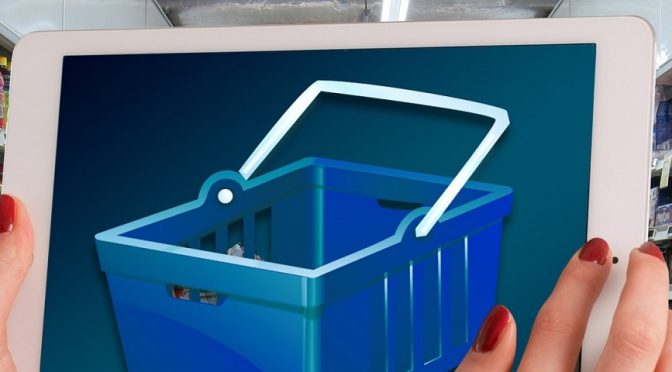
Retail and e-commerce are moving fast and merging along the line into a singular platform. What is driving this behavior for these mega-entities? What is the one factor which is bringing all of retail and e-commerce onto one platform?
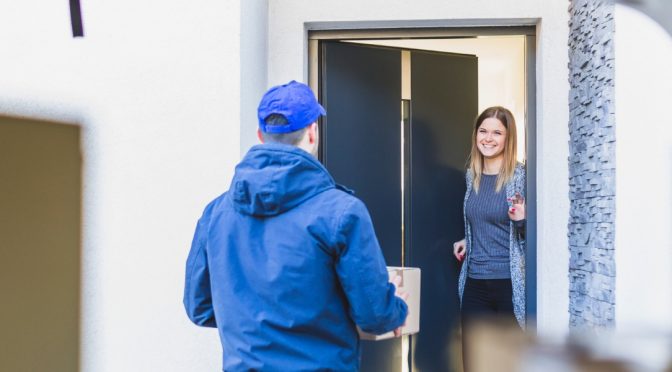
The Southeast Asian region would grow at 32% CAGR, reaching about $88 billion by 2025, Indian shores have taken up e-commerce strongly. Here, the market is slated to reach $64 billion by 2020, $200 billion by 2026, and surpass the U.S market by 2034
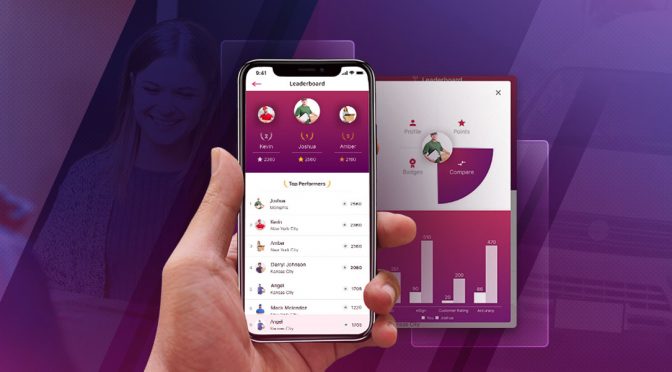
With LogiNext, high-end machine learning enabled logistics optimization rounds off at the end with human-driven achievements. In the world of fast-moving deliveries, this balance creates a sustainable and scalable model of efficiency.
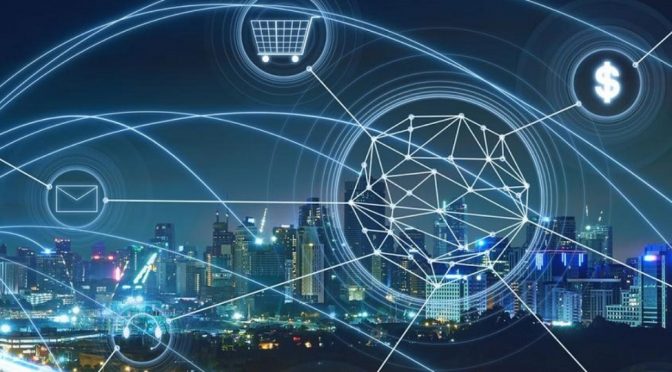
Internet of things (IoT) with the latest in machine-learning backed algorithms are the way logistics would be optimized to meet all customer demands and requirements, right from fast shipping, live tracking and notifications, and on-time delivery with optimized final mile movement.
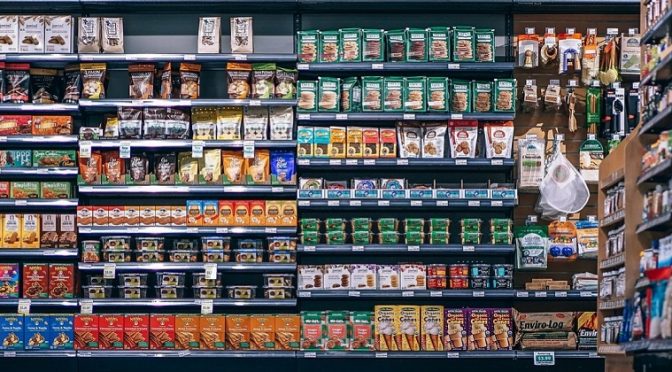
Retail, as we grown to recognize it, might not exist in the near future. This isn’t another retail doom warning. On the contrary, it’s about how the retail and e-commerce space is fast evolving. These players must give convenience wrapped in a neat delivery experience.
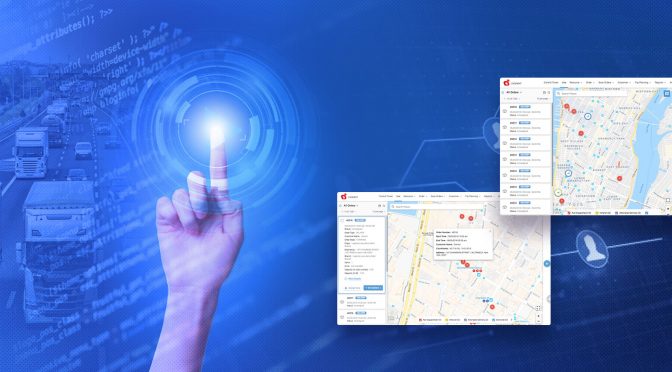
Gone are days of static analysis and planning. Deliveries are made not within charts and tables. They are made live, so should their scheduling and routing. All live. You know everything one glance, you can do everything in one click.
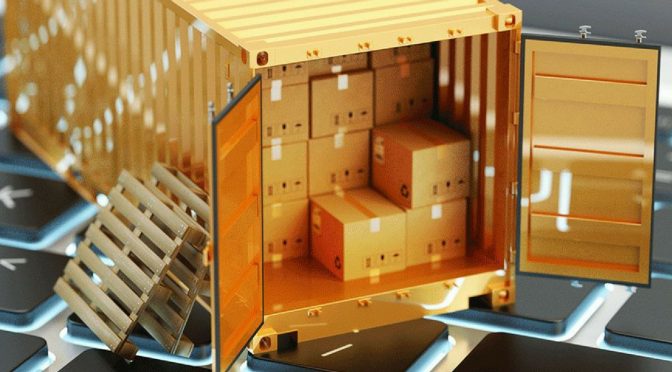
Amazon’s prime day upped the utilization of their fulfillment centers by over 25%. They have made their logistics leg into a powerhouse which they keep leveraging to get ahead of the competition. O one hand they are losing money and on the other, they are continuously building value, much more than any other company. What’s the key here?
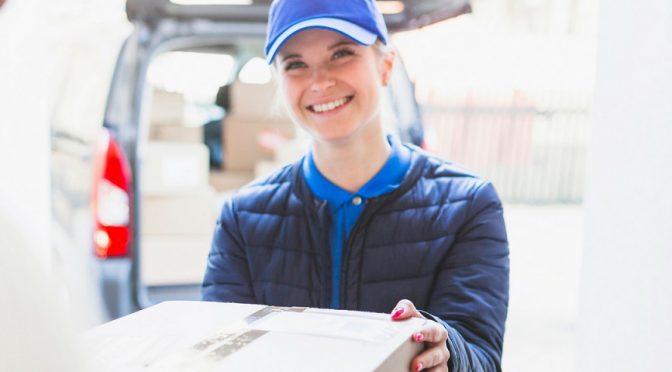
Companies can compete by making a better product. But it’s no longer enough. The company also must create a great delivery experience for the customer. Proper logistics movement optimization is key, not just to ensure quick and on-time deliveries, but also to boost customer satisfaction and retention.
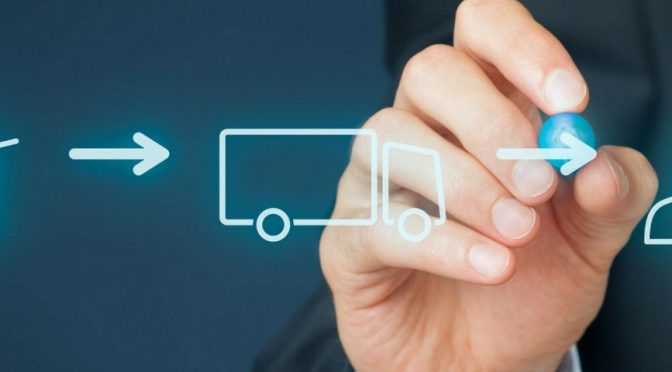
Ever wondered how some of these big-name e-commerce companies across the globe manage international sales events? It is only possible with tech creating shorter delivery routes and more successful (on-time) deliveries per day. This tech is the crux of what makes same-day delivery, not just a phenomenon but a reality.

Tech adoption and change management go hand in hand. You may invest billions in the latest tech, but if your people aren’t using it properly and getting the most benefit out of it, you would never see the full extent of benefits. How to avoid this? Train your folks in the best way of doing things.

Tech investment is not something you just write-off in your balance sheet, it’s about building for the future. With on-premise servers, even though the cost diminishes over time, their outdatedness increases. What’s the point of owning a cost-effective system which was relevant three years ago?
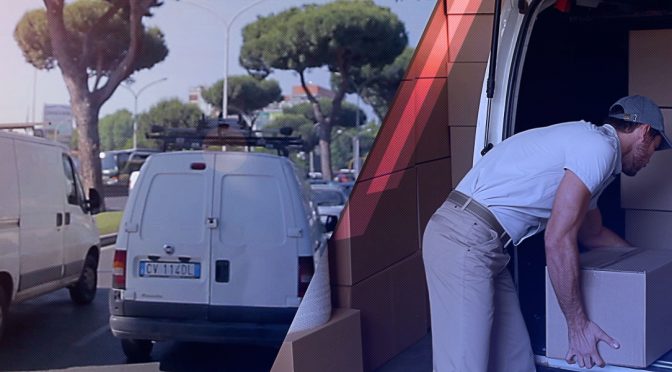
Elastic logistics is the new and evolved version of ‘lean supply chain movement’. As technology has caught up with logistics, latest delivery schedule and route planning help companies are on top of all market demand fluctuations and keep their products on shelves at all times or reach the consumer’s door within a day or two.
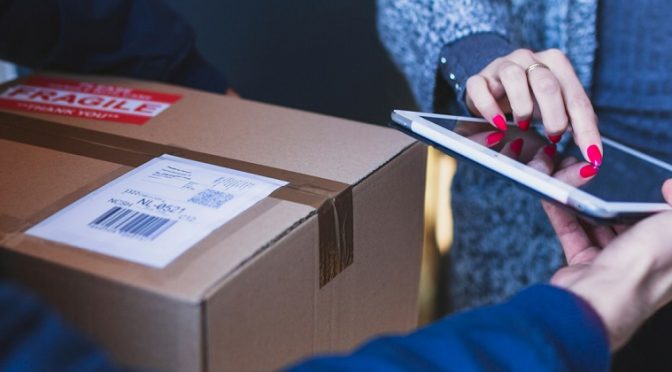
It’s costlier to acquire new customers compared to retaining them. With proper logistics optimization, companies can not only retain customers but also boost satisfaction and lifetime value. In this age of booming retail and e-commerce, logistics optimization is the best asset a company can have.
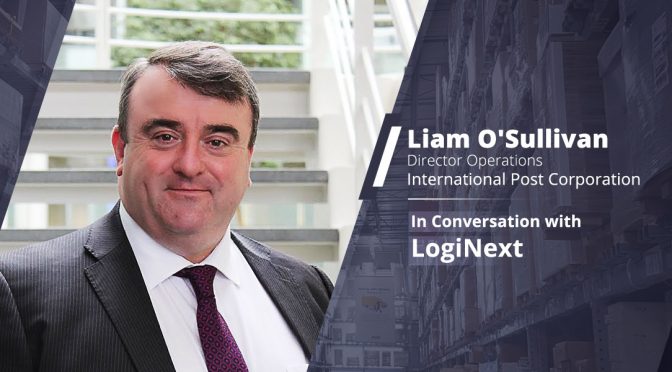
Today we speak to an industry veteran with close to two decades of raw delivery management experience. Liam O’Sullivan has earned matchless following and adulation in his career. He is the Director of Operations at International Post Corporation (IPC), Brussels, Belgium.
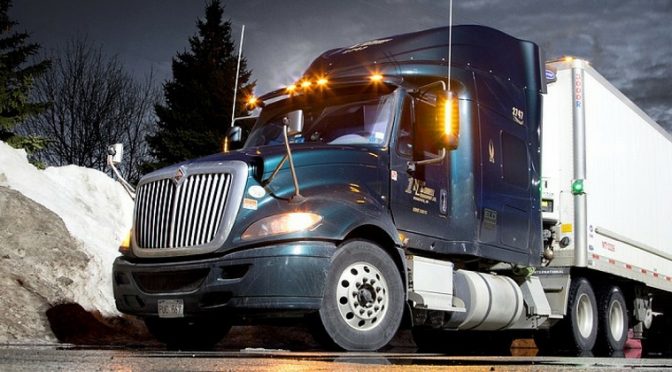
We are now well past the 1st April enforcement date for electronic logging device (ELD) implementation. Now if your trucks are stopped for a roadside inspection, how do you prepare to get through that without any violations? Here’s what you need to know to be violation free.

With technology, innovation is always around the corner. Some more than others. We have all seen the hikes in interest and following for tech innovations to have them fizzle out. We are at the start of such an upswing. Take a step further back, and you will get to the topic, Blockchain.
LogiNext’s field workforce optimization is machine learning-enabled planning engine which pulls in all the constraints such as preferred time slot visits, avoiding repeat visits, avoiding overlap or mirroring, and also to optimize the service time or time spent at each outlet
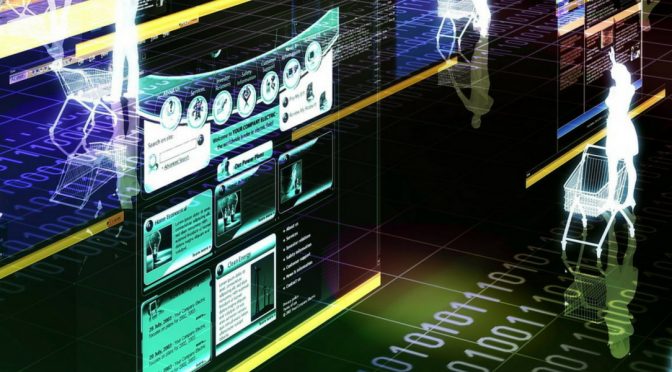
The World Bank has said logistical costs swallow up around a quarter of Indonesia’s gross domestic product, citing bottlenecks in supply chains, long dwelling times in ports and lengthy trade clearances. Indonesia’s e-commerce sales are set to rise from 3 percent of retail activity now to 19 percent by 2027, Morgan Stanley estimates.
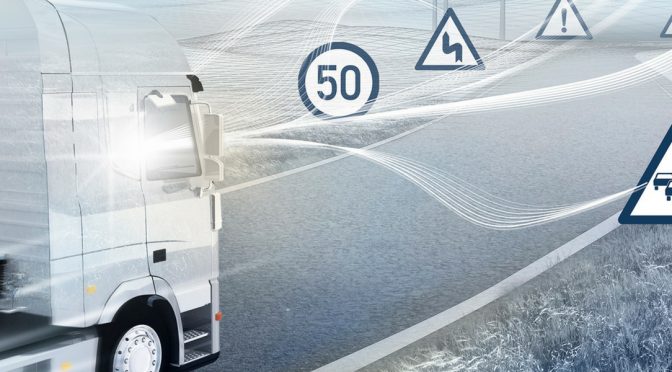
According to the American Trucking Associations, freight tonnage hauled by trucks would increase by 27% (between 2016 and 2027). With global retail sales to touch $27 trillion by 2020, it just adds to the problems of high volume and restricted resources. Most of these companies would win or lose based on how they optimize their last mile deliveries.
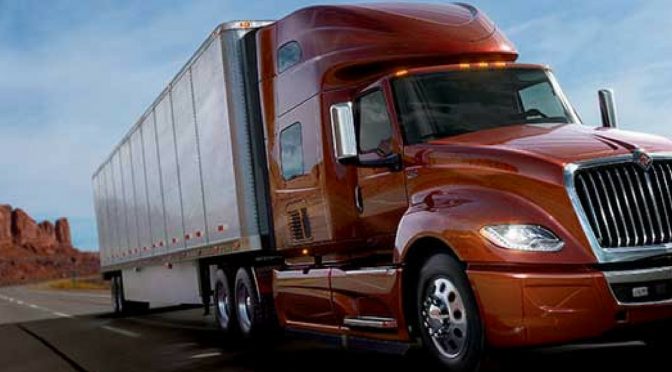
Know where your drivers are at all times. A trucker was lost in snow-covered woods in Oregon for four days when the wrong address was plugged into the GPS. He managed to survive and walk back to more populated areas when his truck got stuck on small roads.
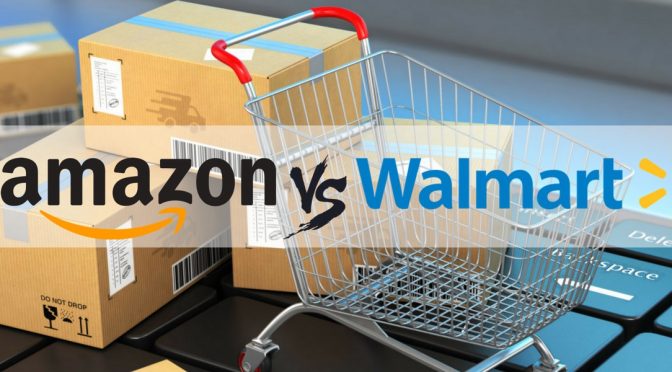
We have seen the Walmart acquiring Jet, Bonobos, Modcloth, and Shoebuy while planning to set up around 1000 pickup locations for online grocery shoppers. Racing Walmart to the front is Amazon with its grand acquisition of Wholefoods to enable faster deliveries with multiple pickup options.

Static planning is a function of yesteryear. Wake up to new-age dynamic route planning for your field agent management. Most of Fortune 500 companies are maximizing the value of their active field agents using intelligent planning and optimization. It’s the most appropriate tool at the hand of managers to reduce costs and improve efficiency.
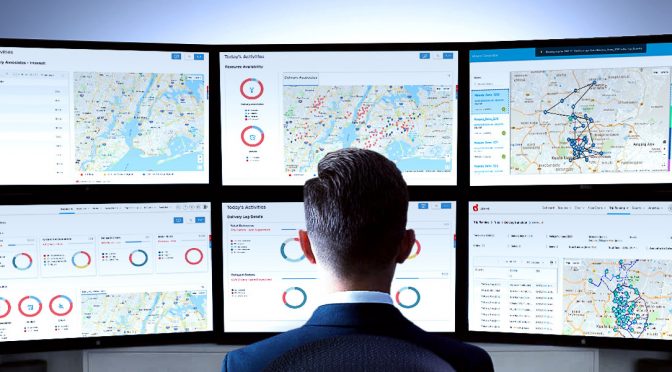
Technology has enabled us to record, plan, allocate, dispatch, track, validate, and analyze all freight movement from a single dashboard with clear and real-time actionable insights in an easy-to-understand format. This leads to an agile, reactive, and dynamic setup for a company’s transportation management system.
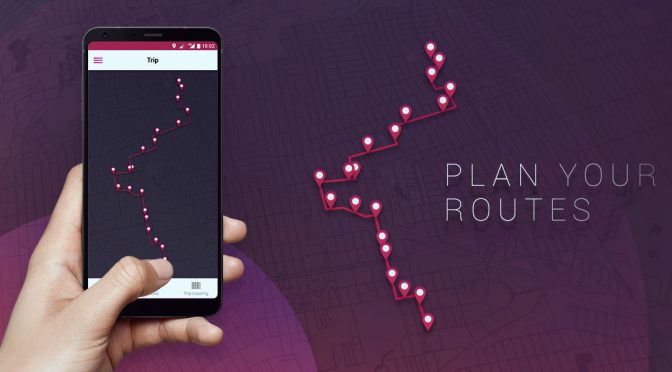
Optimization is doing more with less while sustaining (or bettering) the efficiency of operations. With multiple orders and shipments constantly moving with an excess of customer requests and demand, fulfilling on-time deliveries consistently not only saves costs but also increases the overall brand value for the company.
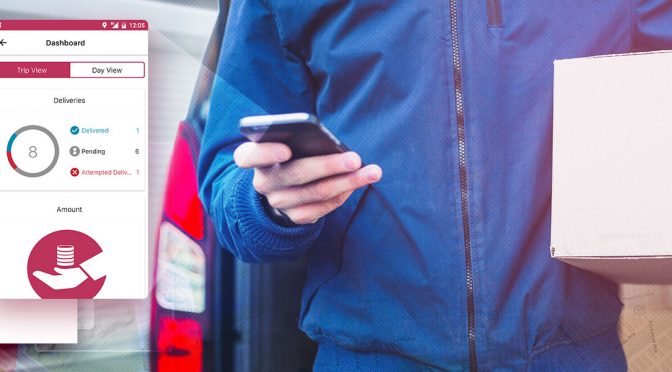
With effective schedules and permanent journey plans for the delivery and field agents, resource movement cost can be reduced while increasing overall resource utilization. Shorter distances traveled with lesser detention leads to higher number of deliveries fulfilled and visits accomplished.
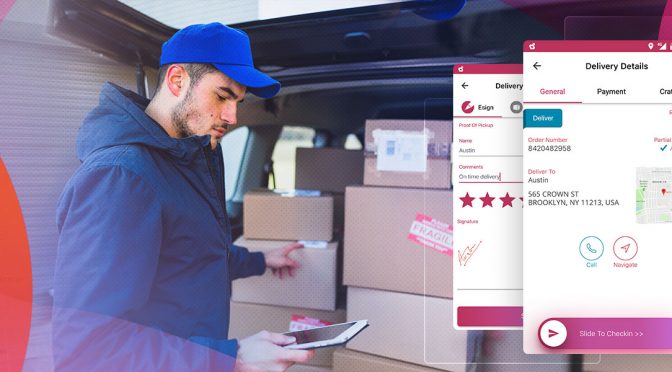
Enterprise mobility solutions are unlocking a new phase of benefits with respect to resource movement efficiency. With multiple industries and markets getting more and more focused on consumerism while finding new and better ways to satisfying the increasing global retail and e-commerce demand.
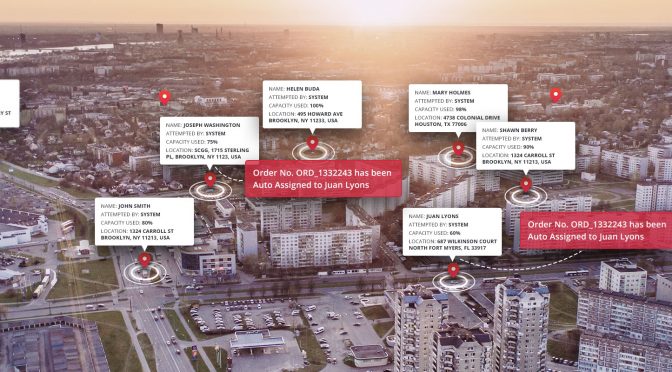
Under-utilized capacity carries a clear cost which adds to the cost-per-unit carried by the resource. It isn’t feasible to run under-utilized resources to fulfill the ever-increasing demand created due to expectations of on-demand, same, or next day deliveries. On-demand and preferred slot delivery (or pick-up) is made more efficient with the use of an auto-allocation engine.
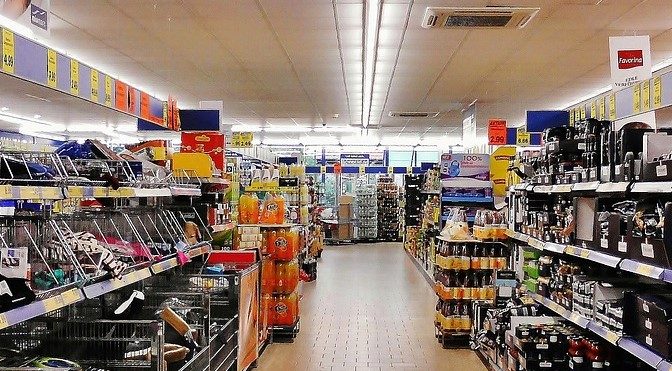
Traditional trade occupies close to 90% in key developing markets. By leveraging cloud-based technology, last mile delivery can be optimized for such distribution networks, bringing in organized patterns within the industry and generate more value for all the stakeholders involved namely the retailers, the distributors, the manufacturers, and the end-customers.
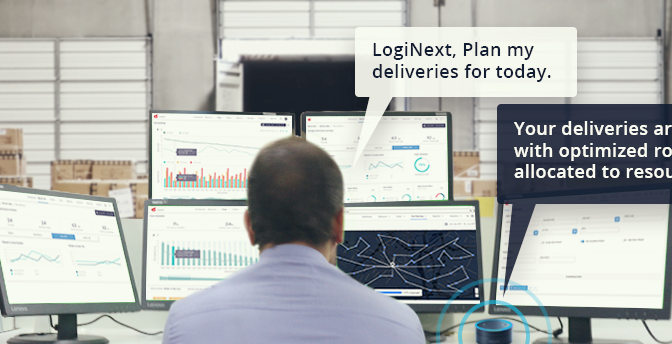
We recently integrated with Alexa, Google Assistant, Cortana, and Siri. Now, the manager can simply relax and instruct their personal assistant to fetch the information for them. Almost anyone can use the personal assistant without any hassle. It doesn’t matter if they are tech-savvy.
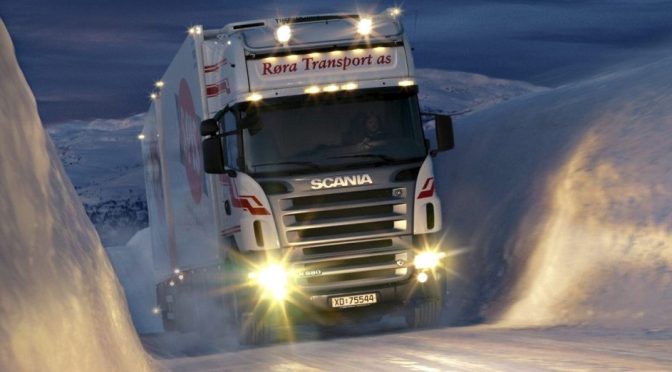
Polar Vortex can disrupt logistics movement pushing up freight rates due to a shortage of trucks and drivers. Shipments may be delayed either due to rerouting away from snow-blocked highways or, being detained due to traffic bottlenecks. Multi-modal transport via railroads and ports are also affected.
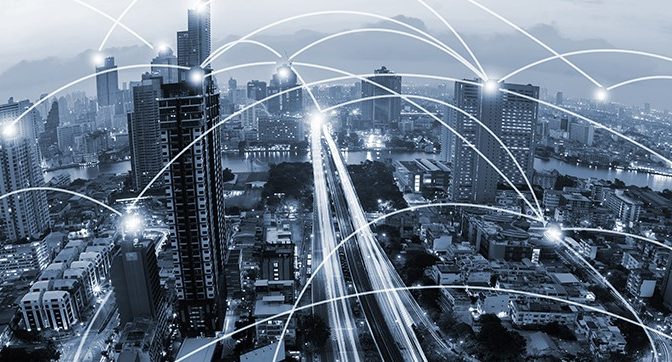
We saw last mile delivery being used as the key input in all omnichannel strategies. We saw localization in distribution strategies centered around making last mile delivery more effective. We also saw machine learning being implemented successfully in logistics and field workforce planning. These trends would be the greatest influencers in 2018 for logistics and field workforce management.
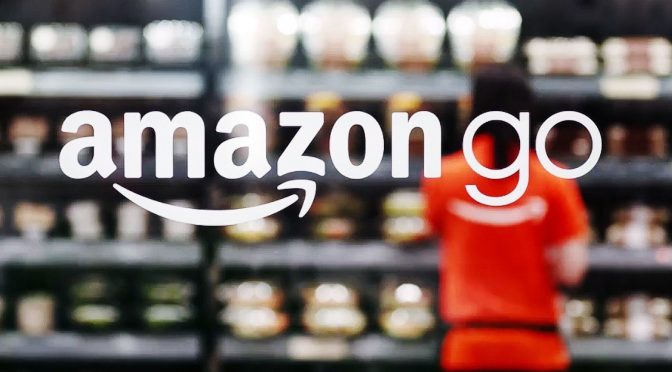
Amazon opened its first brick and mortar retail store in Seattle, Washington, United States. The novelty of this store is that customers can just pick up whatever they want and just walk out of the store. Amazon would just charge the price of the items taken to their Amazon account. They call it the ‘Just Walk Out’ technology. Would it become a game-changer or disruptor in retail?

